The letter, sent to lawmakers earlier this month by Amtrak Director of Government Affairs Patrick Edmond and obtained by Trains News Wire through multiple sources, demands that the entire cost of remaining capital improvements on the line in New Mexico and Colorado be known before it commits any more funding. It also raises the possibility that, even though positive train control is not required by the Federal Railroad Administration on the portion of the route only traversed by the Chief, Amtrak would require such technology for future operations.
This is a departure from Amtrak’s previous collaboration with communities in those two states plus Kansas and the BNSF Railway. Previous TIGER grants sponsored by Garden City, Kan., and La Junta, Colo., were also supported by Amtrak President Joe Boardman, who worked out an agreement with then-BNSF Railway CEO Matt Rose to maintain the line for 20 years at BNSF’s expense.
Curiously, the letter notes “Amtrak is not prepared to address the substantial infrastructure needs on a piecemeal basis” when that is exactly the approach the company is taking with far more expensive Northeast Corridor improvements.
The letter also claims that ridership is “steadily decreasing” and notes that the train, which serves separate corridors at its Chicago and Los Angeles endpoints runs “almost 40 percent empty” when Amtrak’s fiscal 2017 “Route Level Results” show the actual number is 37 percent, Acela Express is 44 percent, and short-distance corridors range from a low of 45 percent to a high of 69 percent “empty.”
Amtrak did not respond to multiple requests from Trains News Wire for comment and clarification.
The full text of the letter is presented below.
Those costs do not include positive train control (PTC) installation and implementation costs, which would also be incurred, or solely reimbursed, by Amtrak, as we look to expand the application of this vital safety technology across our network. Given the broad investment needs of Amtrak’s National Network, these are costs that Amtrak cannot afford to pay.
In October 2017, Amtrak provided a letter to Colfax County Commission clearly explaining that it qualified its financial commitment to the latest TIGER application with the following:
Amtrak will offer a $3 million match towards the project costs if the grant application for the requested amount is successful. Before Amtrak will fulfill this contribution, a comprehensive financial plan and accompanying commitments by relevant states and BNSF for the remainder of the infrastructure investments and associated additional maintenance costs for this route in New Mexico must be completed. Amtrak is prepared to assist the states and BNSF in developing and completing such an agreement.
Amtrak is not prepared to address these substantial infrastructure needs for this segment of the Chief on piecemeal basis, particularly on a right of way that it does not own.
If the states and local communities desire to retain this segment for operation, there needs to be a comprehensive plan and commitments from other stakeholders and it must address the long term viability of the route, from Hutchinson, KS to Isleta, NM, in order to ensure the route’s performance doesn’t degrade. For example, BNSF has agreed to pay the ongoing maintenance costs for the Kansas and Colorado portions of the route once the improvements funded by TIGER were made.
To put this financial concern of Amtrak in context, of the 19 million riders on the National Network in FY 2017, the ridership of the Southwest Chief represented only 364,000, and it is steadily decreasing. In addition, the Chief produced more than $50 million per year in operating losses , a cost recovery of only 47.9% in FY17 and an operating subsidy of $148 per passenge. Further, the Chief ran an all-stations on-time performance of only 45.5% last year with trains that were almost 40% empty. These numbers do not reflect the type of service our customers, and your constituents, should expect.
Amtrak will keep you updated on our plans as we consider the future of this portion of the route and if the states, local municipalities and the freights put forward a comprehensive plan for the company to review.
Patrick Edmond
Director, Government Affairs
National Railroad Passenger Corporation
1 Massachusetts Avenue, NW
Washington, DC 20001





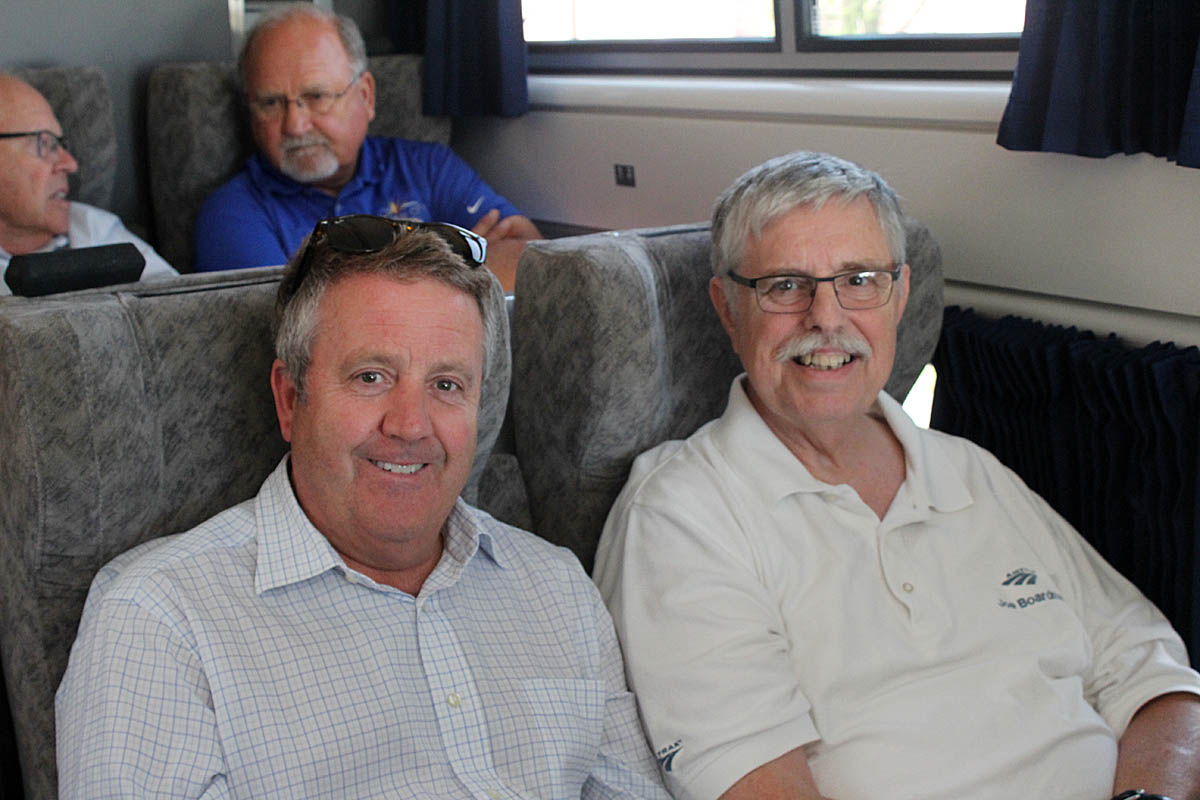
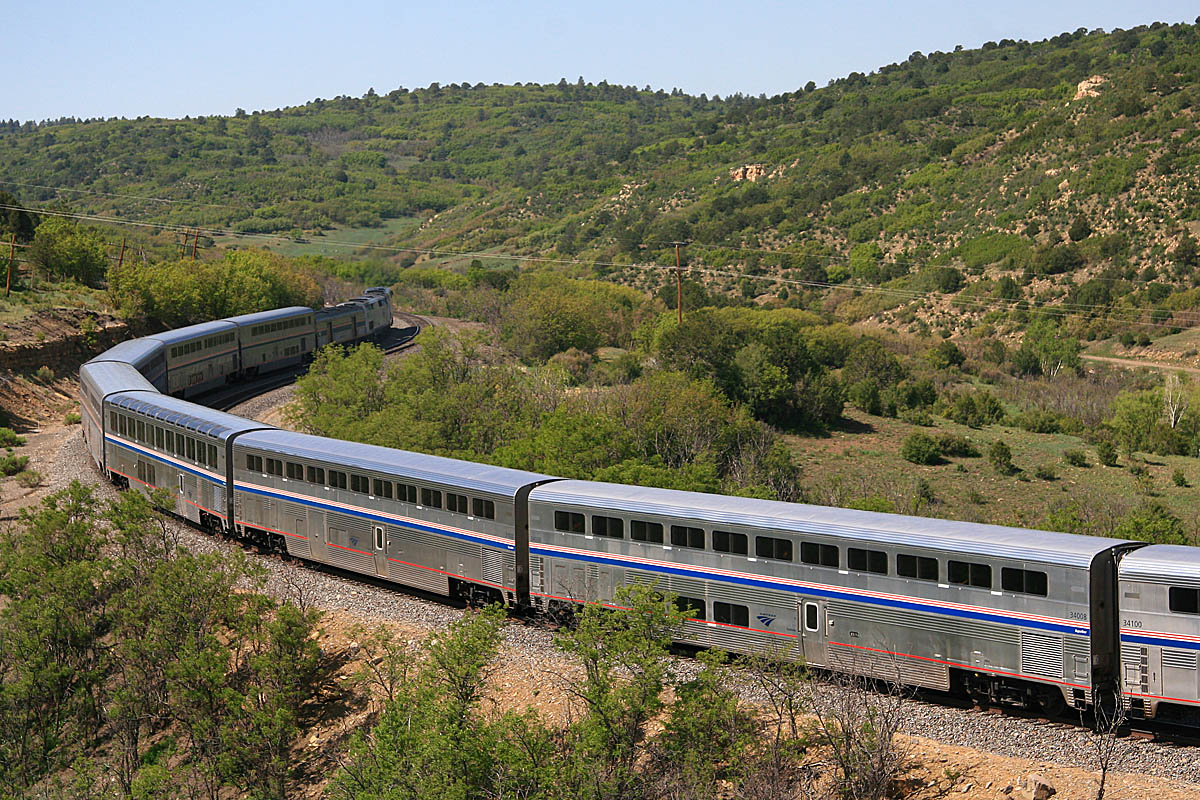

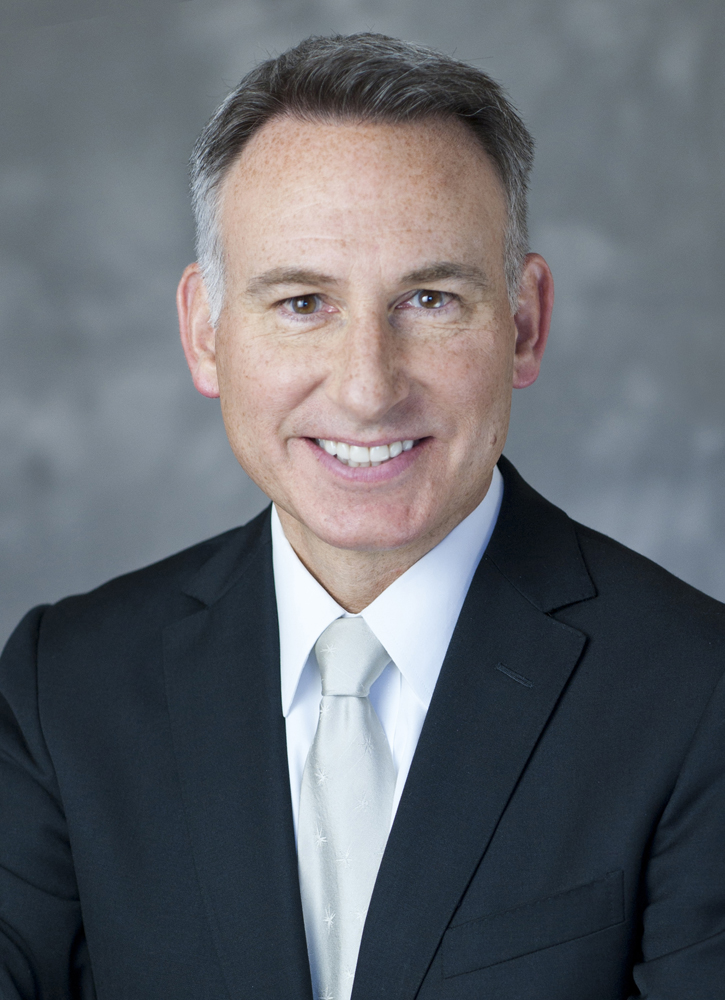
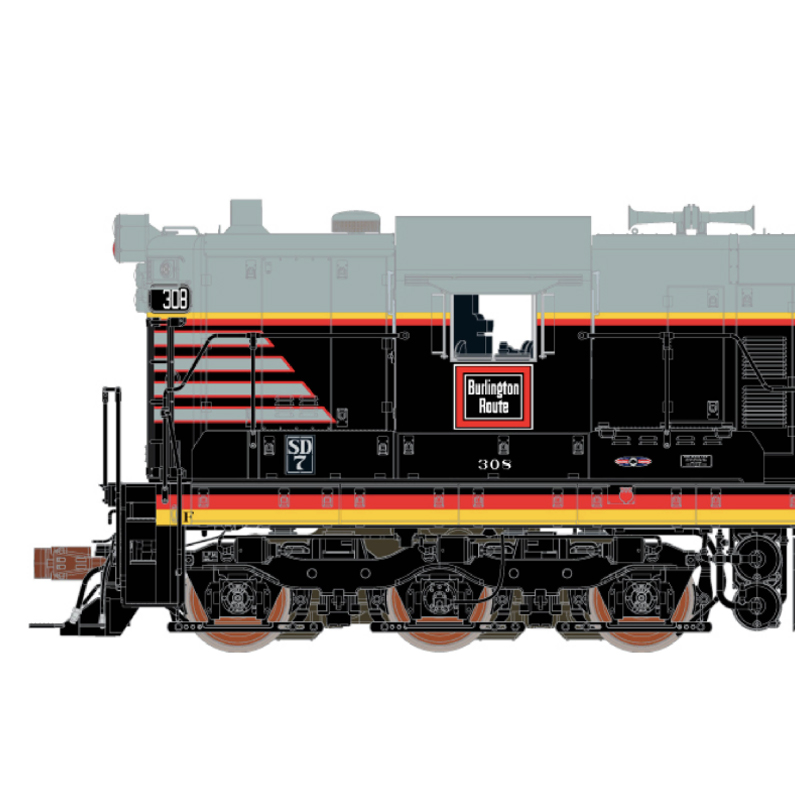
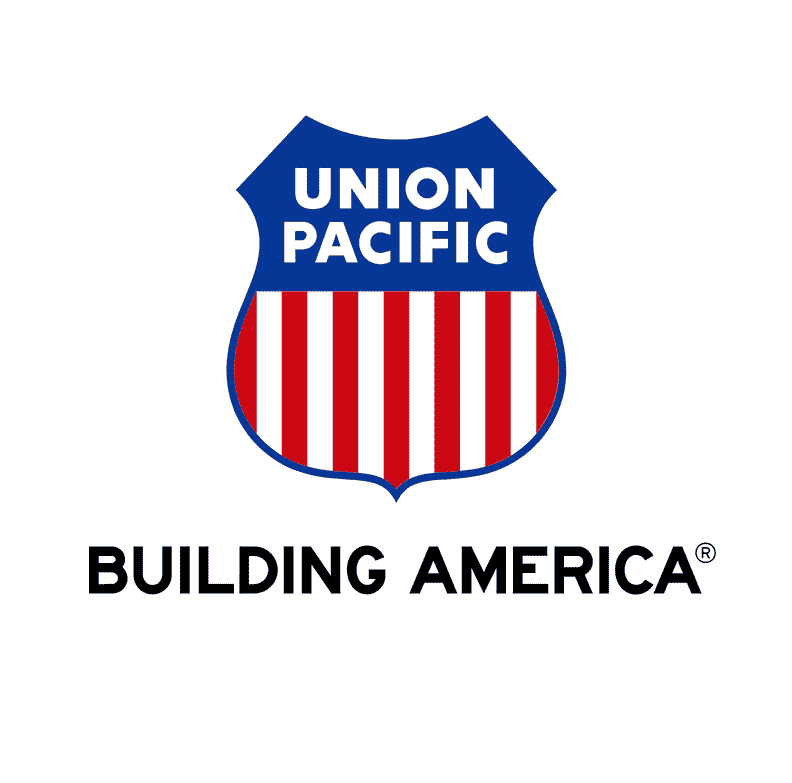
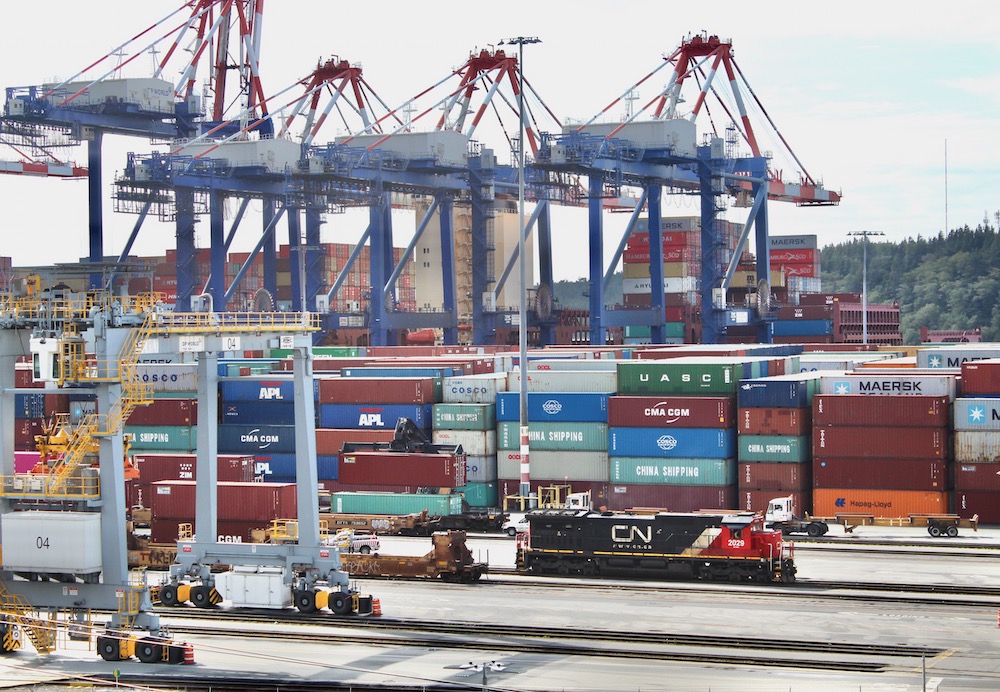




Telling that Amtrak didn’t even propose rerouting the train through Amarillo, which would be more palatable than discontinuing the train outright.
This shows us Amtrak management cares little about running the vital LD trains, which serve an important role in this country’s travel system.
Question for everyone–What would be wrong with rerouting the SWC at Albq. and KC to the BNSF TransCon? Postives are 1. double track & PTC all the way 2.Faster travel 3.Serves much more population 4 Amarillo is a destination City 5. BNSF has repair station in Amarillo 6. Distance is within a few miles as current route. 7. etc. Now what are the negatives– you name them.
Tom Rushforth
In 1991 I was employed by Amtrak as an LSA selected for the experimental Keystone Classic Club Car. An idea of one of the Directors (John Wierich) . Because this was a pressure job I had the opportunity to meet many middle managers who were the back bone of Amtrak’s survival. Irv Rosenthal rode several times observing us a while he was conceiving upgrades for Starlight Service. These were the professionals that Joe Boardman drove out of Amtrak.
I will deeply mourn the Southwest Chief if does pass. My family was on the second run of the Superliner Cars. Imagine 8th graders. saying WOW!!! One must put priorities in order. How many people will be effected by the passing of the Southwest Limited vs what would happen when a Hudson River Tunnel lets go. Millions wil be out of work, the economy will be in chaos and the USA will become a second rate country.
It is unfortunate that we are in a time where Washington’s practice is to walk away from agreements or severely reduces them like Amtrak . Amtrak has ranked its priorities and as the promised funds dwindle it has to act accordingly.
Our western friends must recognize the time has come for them to give back to New Jersey some of the money that has supported their life style. Every good farmer knows that the field has to fertilized for the crops to be
bountiful. It is there time to go to Washington demand more money
As a New Jersey resident, Tony Soprano, said “you gotta do what you gotta do’ and Amtrak is doing it
Excellent point!
And the Dimwit-in-Charge is heard from yet again. I guess not following through on prior agreements is going to be the airline way to run a railroad.
CEO Anderson and The Amtrak Board and Congress need to hear from everyone that long distance trains have a role in our rail transportation system. These trains need enhancements. Not to be shut down.
It would seem that it might be a good idea to explore alternative routes, as several of the Santa Fe fleet in years past operated via Amarillo and that option remains open. I can understand Amtrak’s reluctance to be the sole train on the route for a distance of this magnitude, especially when alternatives do appear to exist.
Peter, your points are so off-base.
You’re throwing everything you can at Amtrak and unfairly blaming it for things beyond its control.
On-time performance suffers largely due to freight interference. This has been widely reported.
Because Congress only provides Amtrak a tiny amount of funding, it’s only able to fun one train a day on most national routes. Given those unreasonable restrictions (highway funding is never restricted as much), many cities will see only overnight service.
The obvious solution to serving more cities at better times is More Trains to More Places, not fewer trains.
You should save your criticism for U.S. policymakers, who possess a bias against funding passenger rail.
Without a huge upgrades where needed, I doubt the SWC will ever be rerouted onto the transcon. We have been over this situation earlier. The BNSF doesn’t want nor need to put up with a reroute of the passenger train.
Amtrak exists because under the For Profit railroads passenger service was doomed to failure. Congress decided that a national passenger system was to be provided. The Amtrak annual subsidy is less than the FAA’s and the FAA survives on a myriad of taxes. It gets $2.2B from the General Fund. Passengers pay over 80% of Amtrak’s operating costs, the highest recovery in the industry so far.
The decision to be made is “Do we as a nation need to serve the people of the nation with passenger train service and if so how do we do that at minimum cost to the taxpayer”. Not “Amtrak needs to make a profit”. If that were possible the For Profit railroads would still be running those trains.
In this country all government operations are doomed to failure because the government has no profit motive. Any goals are all “societal.”
Just move the Southwest Chief to the old San Francisco Chief route and be done with it.The small towns affected will have to get along without it just like those hundreds did after the May 1st , 1971.
Put the 3 million towards hot biscuits on the Lakeshore.
How is it that people who have no interest in running passenger trains end up running a passenger train company?
Well said Peter.
Could it be that Anderson is playing a game of overstatement in order to get what he wants? Wants a reroute but saying shutdown?
I think it’s becoming increasingly obvious that Amtrak wants out of the intercity business, leaving just corridor services and fully funded state sponsored trains.
All current MGMT are flat out liars. they are going to screw the RR up like they did at DELTA. After 40 yrs with the company, I got out of there before the S**t hits the fan. As for this clown Anderson, I could do a better job with a full Jack Daniel’s drunk on then this clown can do Sober !!
Part of the “crux of the problem” has been mentioned–ON-TIME PERFORMANCE. The Southwest Chief fails on numerous efforts to provide reliable transportation. Friends and I have ridden trains 3 and 4 on numerous occasions, and have normally had a good experience. However, I’ve learned to get up early in Flagstaff, AZ, and CALL Amtrak for arrival information for train 4. (Scheduled to depart Flagstaff about 4:50 AM, when they’re not “adjusting” the schedule.) It’s frequently over an hour late arriving, and consequently late departing. Hopefully, it gets back on or closer to schedule by Kansas City the following morning. That’s a pretty lengthy stretch of the route, and includes a considerable layover in Albuquerque for servicing and sometimes engine changes.
The roomettes are reasonable, but the pricing system makes sane people wonder what’s going on. Meals are adequate, and I’m afraid Amtrak’s going to keep messing around with meal prices until it drives the “premium fare” passengers away. (The cost of the meals is included in the cost of the sleeping rooms.) Unless you’re running a restaurant, you shouldn’t plan on making a profit on the meals.
One of the other problems is the schedule. Connections, especially using Amtrak’s “Thruway” bus system, are highly suspect. I’ve had Amtrak ticket agents tell me that a fare including bus service does NOT guarantee a seat on the bus, OR an arrival in time to catch the train. IF that excuse for “service” is being marketed, it darn well should include the guarantee of a seat AND a reliable chance of a good connection to a train. It’s understandable that once in a while something may happen (weather, or an accident) that might cause the connection to fail, but for most of the time those should not be a consideration.
As Fred Frailey points out in his “rescheduling” of Amtrak piece, arrivals and departures from major cities in the middle of the night is NOT a good thing. I’ve run into that problem in both Tucson and Phoenix (Maricopa), as well as Cleveland, Pittsburgh, and several other locations. This seems to be a “universal” problem with Amtrak, as well as serving major cities through “less than major” cities and stations. On the Chief, I don’t consider Newton, KS to be an adequate substitute for Wichita, KS, nor is Lamy, NM a substitute for Santa Fe, and the Chief misses several other medium to large cities along the route. However, arriving at a small town between midnight and 5 AM hardly provides for a chance to get where you’re going, unless your destination just happens to be that small town.
Yep. The slow dismantling continues. One spike at a time.
Sounds like it’s up to Amtrak to market their service better then it there’s extra capacity. And they need to release the funds. Lots of hard work went into negotiating keeping the old ATSF transcon open. (Not that BNSF really would want SWC running amidst all their freights on their transcon.) I’ve had the pleasure to ride the SWC and very glad I did. Wonderful journey through some very unique and interesting parts of our country. Didn’t count the empty seats when I rode it, but felt that occupancy was quite good, even for early March. And the train arrived early in Chicago, which was a bonus for me. I’d ride it again in a heartbeat the next time I need to get from LA to Chicago or the other way around.
I would Love to hear that Anderson is no longer ceo of Amtrak.
The Southwest Chief is a national treasure,it must be saved,enhanced, refurbished and marketed appropriately. See my comment regarding the Chief on the previous news story “Former Amtrak President Questions Motives of Current Management”.
The Amtrak memo states, “Further, the Chief ran an all-stations on-time performance of only 45.5% last year . . . .”
This statement is deceiving, because Amtrak schedules show station arrival times at smaller intermediate stops assuming optimistic running times. Then they pad the timetables with “recovery time” between the last smaller stop prior to a major destination. E.g., on the westbound “California Zephyr” the scheduled time at Fort Morgan, Colorado, assumes a good run, but #5 can be 40 minutes late at Fort Morgan and still arrive Denver on time. So a better measure of on-time performance would be to include only the larger destinations which have built-in extra time for presumably “normal” delays.
In his February 15, 2018 testimony on Positive Train Control (PTC) to a congressional committee, Richard Anderson promised:
“… there will be carriers over which we operate who appear unlikely to achieve sufficient progress to apply for an alternative PTC implementation schedule by year’s end. For any such route segments, Amtrak will suspend operations until such time as the carrier becomes compliant with the law.”
Link: https://transportation.house.gov/uploadedfiles/2018-02-15_-_anderson_testimony.pdf
In New Mexico, the Southwest Chief’s route includes the state-owned Rail Runner line. Here’s what the Trains newswire reported on April 6, 2018:
“The FRA’s year-end report shows Rail Runner near the bottom of the list for PTC progress with 9-percent of on-board and wayside hardware installed ranking just behind NJ Transit and ahead of California’s Altamont Corridor Express.”
Link: http://trn.trains.com/news/news-wire/2018/04/06-old-is-new-as-rail-runner-moves-toward-ptc
The PTC deadline is (currently) December 31, 2018. That deadline likely means that the Southwest Chief will either be rerouted off of its current Rail Runner/Raton Pass route and onto the BNSF transcon….or be suspended. Either way, it would be stupid to spend money now on the Amtrak-only Raton Pass line since there soon won’t be any trains running over it!
Note Amtrak’s deceptive comments:
“… the Chief ran an all-stations on-time performance of only 45.5% last year with trains that were almost 40% empty. These numbers do not reflect the type of service our customers, and your constituents, should expect…”
Really?
So, should Amtrak also stop running the NEC? NEC trains’ load factors are 40% EMPTY as well (according to Amtrak’s own documents).
https://www.amtrak.com/content/dam/projects/dotcom/english/public/documents/corporate/monthlyperformancereports/2017/Amtrak-Monthly-Performance-Report-September-2017-Preliminary-Unaudited.pdf
According to Amtrak’s reports, the SWC runs 63% full while the NEC runs 60%.
Rather, both routes run 60% FULL, which is considered sold-out, in terms of reservations.
I wonder when the editors @ Trains will finally figure out how Airline Anderson is out to destroy Amtrak & discontinue the important national system trains, which, in terms of geography, serve more Americans than the small corridors, which have much smaller load factors.